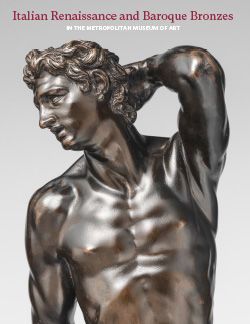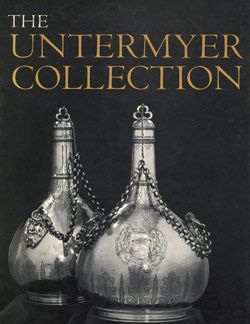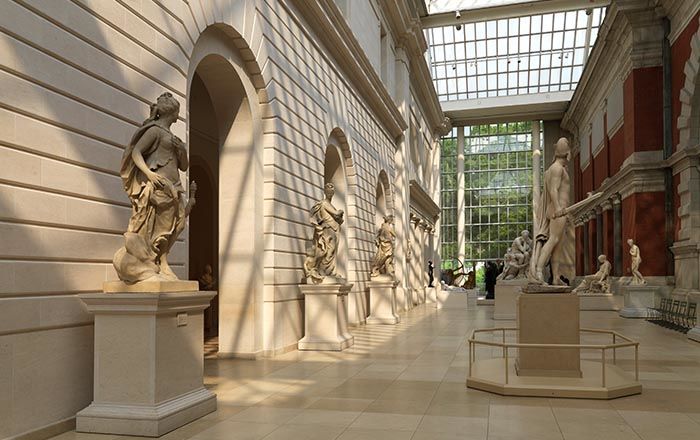The suicide of Dido, Queen of Carthage
Ferdinando Tacca Italian
Not on view
This bronze statuette depicts the suicide of Dido, queen of Carthage. According to Virgil’s Aeneid, when Dido failed to persuade her lover, the Trojan hero Aeneas, to remain with her, she plunged his sword into her breast as he sailed away. Here, a bit of drapery flutters around Dido’s nude body. The sword is missing. The subject was first interpreted as the Roman matron Lucretia, heroine of another classical tale of self-murder.[1] James David Draper, who pointed out that the figure wears a crown, provided the correct reading.[2] At least two other versions are known: one in London and a silvered cast in Munich.[3]
The Dido has been variously attributed to a follower of Bernini in Rome, possibly of Flemish origin, circa 1650;[4] a Netherlandish artist under the influence of Bernini;[5] a first-rate sculptor who “shows knowledge of the rhetorical language of Bernini and Rubens in equal measure” (noting similarities with François Duquesnoy’s Flagellation groups);[6] and Ferdinando Tacca, because of its kinship with the features and theatrical attitude of bronzes such as Roger and Angelica or Mercury and Juno.[7] Anthony Radcliffe, discussing the London version, argued that the group of bronze Didos “derive from an unknown original in ivory or boxwood.” He also considered plausible the ascription to a Roman-based Flemish artist and noted the Rubensian character of the form.[8]
Stylistically, a Flemish or Netherlandish origin seems to be more tenable, and this is corroborated by Richard Stone’s technical analysis of our Dido.[9] It was cast in brass with an armature of iron wire that is paired and twisted into spiral lengths, obviating the need for more typical core pins and plugs. The billowing drapery was cast separately and joined with solder. Interestingly, a statuette of Lucretia committing suicide recently appeared on the art market with a “South Netherlandish, circa 1700” designation.[10] Though not analogous to our bronze in general features, the Lucretia and the Dido might derive from two different castings of the same original series of Roman heroines.
-FL
Footnotes
(For key to shortened references see bibliography in Allen, Italian Renaissance and Baroque Bronzes in The Metropolitan Museum of Art. NY: The Metropolitan Museum of Art, 2022.)
1. Untermyer 1962; Weihrauch 1967, pp. 489–90.
2. MMA 1975, p. 232.
3. V&A, A.113-1956 (Radcliffe 1966, p. 108, pl. 70); Bayerisches Nationalmuseum, 63/3 (Munich 1974, p. 62, no. 42 [as “Lukretia”]).
4. Untermyer 1962.
5. Weihrauch 1967, pp. 479–80.
6. Draper in Untermyer 1977, pp. 170–71.
7. Draper notes, April 1994, ESDA/OF.
8. Radcliffe 1966, p. 108, citing the Untermyer version as an “identical cast.”
9. R. Stone/TR, February 2011.
10. Sotheby’s, London, July 9, 2015, lot 107.
This image cannot be enlarged, viewed at full screen, or downloaded.
This artwork is meant to be viewed from right to left. Scroll left to view more.






